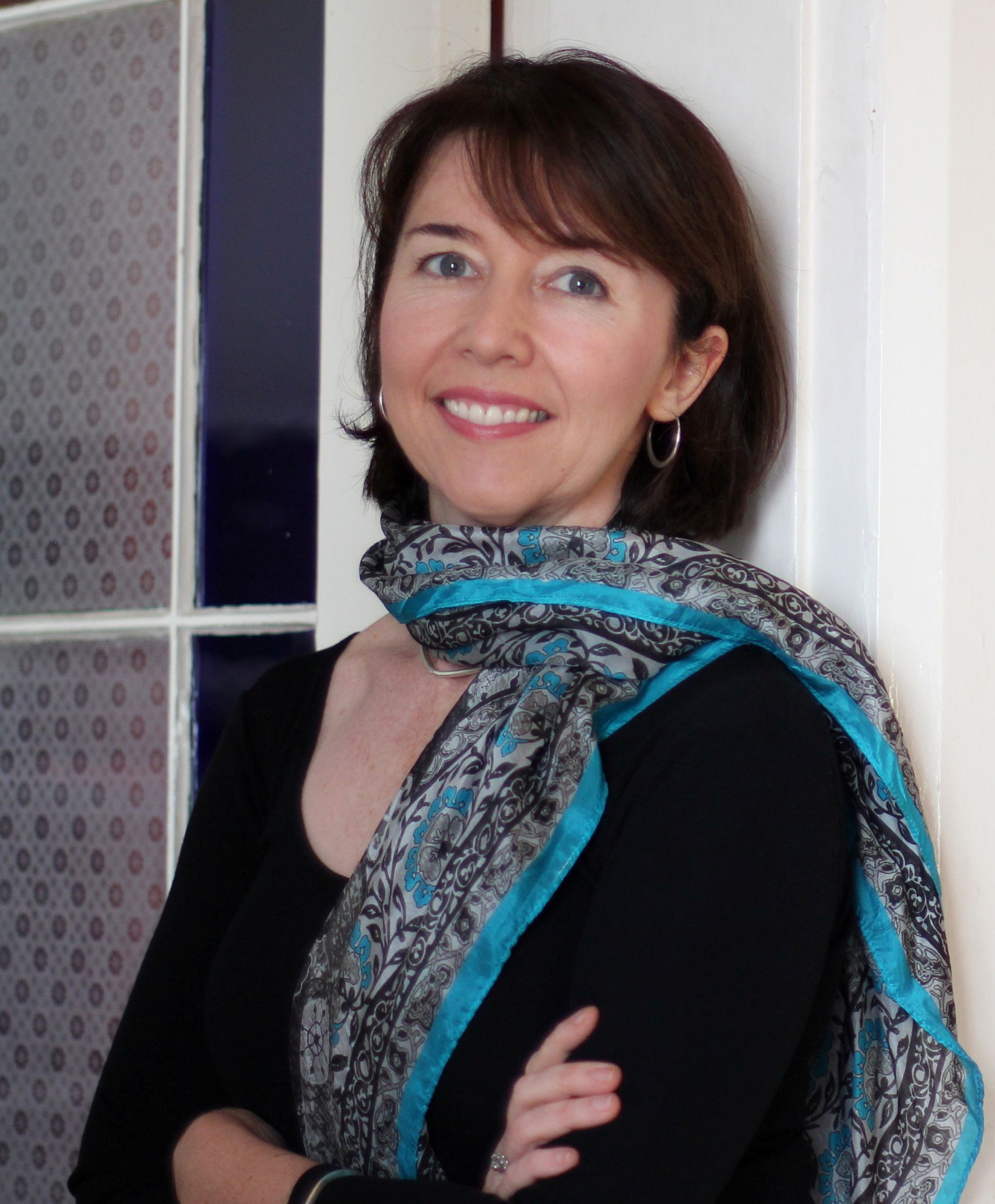Celestial City: Sydney’s Chinese Story
In the 19th century, English-speakers referred to China as the ‘Celestial Empire’, reference to the emperor’s status as the ‘Son of Heaven’.
As Sydney celebrated its centenary in 1888, several boats carrying Chinese immigrants sailed through Sydney Heads into a crisis that would shape the nation. ‘Celestials’, as Chinese people were known at the time, had been arriving in Sydney under organised immigration schemes since the 1840s.
In 1888, when the immigrant ships SS Afghan, Menmuir and Guthrie sailed into Sydney Harbour, decades of anxiety and fear seething throughout the colony finally exploded into anger. Using harsh new immigration laws hastily rushed through Parliament, Chinese travellers aboard the ships were detained and deported.
The ‘Afghan crisis’ was sparked by the threat of cheap Chinese labour, compounded by prejudices demonising the Chinese and their way of life. It was a turning point in the history of the Chinese in Australia, paving the way for the White Australia policy and the exclusion of Asian immigrants for the next 80 years.
The 2014 exhibition Celestial City: Sydney’s Chinese Story at the Museum of Sydney explored the background to and consequences of this nation-defining event through stories of Sydney’s Chinese people who were here before, during and after this crucial moment in our history.
Chinese immigrants had been arriving in New South Wales for four decades, first as agricultural labourers on rural properties, then as miners on the goldfields, and... as market gardeners, hawkers and cabinet-makers...
Goldminers
At the time of the Afghan crisis, Chinese immigrants had been arriving in New South Wales for four decades, first as agricultural labourers on rural properties, then as miners on the goldfields, and in the 1870s as market gardeners, hawkers and cabinet-makers in Sydney. The first influx was in the 1840s, when 3000 Chinese ‘coolies’, predominantly from Fujian and the Pearl River districts of Canton (now Guangzhou), were contracted to work as shepherds and farmhands. Most intended to return home after their five-year contracts were completed, but many stayed to be swept up in the gold rushes of the 1850s.
The lure of gold brought new waves of Chinese immigrants, who made their way to places like Braidwood and Hill End. There they diligently worked claims or became storekeepers, market gardeners, bankers or traders, roles vital to the establishment of towns. Some eventually returned to China with hard-earned wealth, but many remained in New South Wales.
The Chinese miners arrived in well-organised and well-equipped parties. They worked under the direction of a ‘head-man’, or boss, who organised the purchase of claims and supply of provisions and equipment. These teams could produce good yields of alluvial gold by methodically working the ground, often employing methods of damming and sluicing different from those of their European neighbours. Chinese miners, familiar with methods of draining water from irrigated fields, used treadmills and waterwheels to pump water out of flooded ground.
Market gardeners and hawkers
By 1888 Sydneysiders had come to rely on Chinese market gardens for their supply of fresh vegetables. The Chinese grew vegetables in over 100 densely cultivated gardens across the city, and hawkers, who carried their produce in baskets hung from a shoulder yoke, sold them door to door. For most people, the local market gardeners and hawkers were the ‘human face’ of China. As cabbages and turnips changed hands at the back door or over the fence, men who were otherwise ‘alien’ became part of everyday family life. At Christmas and Chinese New Year, gifts of plum puddings and ginger pots were exchanged and, years later, adults would recall with fondness ‘that friend of our childhood, the vegetable John …’
Hawkers selling vegetables door to door helped to bridge the racial divide. Housewives came to know their hawkers, and unlikely friendships sprang up over the front gate. One story is of a woman who, shocked by the Afghan crisis, treated her regular hawker to some home-baked cakes. He returned with presents of ginger, tea and toys for her baby:
From that day a strong friendship sprang up between us, and it was my custom each week to present him with some of my choicest flowers, cakes and preserves, while he, on his side, quite embarrassed me with the royal munificence of his gifts.
Margaret Egerton, ‘My Chinese’, Cosmos Magazine, 19 September 1896
Cabinet-makers
As the gold rushes subsided, many Chinese made their way to Sydney to work in the cabinet-making workshops clustered in The Rocks in the north of the city, and around Belmore Markets in the south. Chinese cabinet-makers worked long hours to turn out cheap domestic furniture, sold through department stores like Anthony Hordern & Sons. From the 1870s onwards, the burgeoning number of Chinese workshops and their growing competitive edge led to increasing resentment from European cabinet-makers, who felt that their livelihoods and working conditions were threatened. Conflict inevitably arose, generally in the form of anti-Chinese rallies and marches organised by trade unions, but sometimes in riots and physical attacks on the Chinese.
The most extreme of these, in 1878, was a riot at Ah Toy’s workshop on George Street, which rivalled the riots on the Lambing Flat goldfields in intensity and size. Perpetrated by 2000 youths carrying flaming torches, the attack had Chinese residents living in fear for their safety, and divided the community. Sydneysiders decried the riot as the act of a mindless minority, but it was part of a growing pattern of resentment and unrest that would culminate ten years later in the Afghan crisis.
From the 1860s onward, Chinese furniture factories proliferated in Sydney. By 1889 the Furniture Trades Union was complaining that nine-tenths of the furniture sold in Sydney was made in Chinese workshops; two-thirds was probably closer to the truth. Despite union pressure, Chinese workshops continued to outnumber those run by Europeans until 1915. Their numbers then declined as a consequence of the White Australia policy’s restrictions on Chinese immigration.
Neighbours
As Sydney’s Chinese population grew throughout the 1870s, so did fears that these foreign neighbours might be a harmful influence. By the 1880s, opium smoking and betting on games like fan-tan and pak-ah-pu, once regarded as exclusively Chinese pastimes, were becoming alarmingly prevalent among Sydney’s youth. The reputed squalor of fetid opium and gambling dens also made Sydneysiders anxious that living near Chinese people would lead to outbreaks of disease. Politicians played on this fear, one even stating that leprosy was ‘communicated by the means of Chinese-made furniture’.1
The basis of such outlandish claims lay in the badly dilapidated workshops and overcrowded lodging houses that Chinese immigrants leased from absentee landlords. The poor drainage and inadequate ventilation of these buildings raised legitimate concerns about the spread of contagious diseases, realised when a smallpox epidemic, believed to have originated from a Chinese household, hit Sydney in 1881.
Unlike Europeans, who preferred to drink their opiates in patent medicines and cough mixtures, the Chinese smoked opium in a pipe. Smoking released a smaller concentration of opiates than was consumed in compounds like laudanum and morphine, key ingredients in patent medicines like ‘Mrs Winslow’s Soothing Syrup’ for teething children.
By 1888 Quong Tart was a household name in Sydney, thanks to his fashionable tea shops in the city’s new shopping arcades.
Merchants and mandarins
The successful merchants were the elite of Sydney’s Chinese community. Unlike their working-class compatriots, they were considered ‘desirable immigrants’ who created businesses and employment and participated in civic life. Businessmen like Quong Tart, Dr George On Lee and Cheng Fan Chong known as Henry Fine Chong) were longstanding Sydney residents, who had both Chinese and European clients and employees. They ran substantial businesses and lived comfortably with their families in prosperous households.
Several of Sydney’s merchants were also mandarins, or government officials, of the Chinese Empire. Dressed in their splendid silken robes, their presence at official functions presented a view of Chinese culture as refined and dignified, as a spectacle to be enjoyed. Quong Tart and Dr George On Lee were Sydney’s best known mandarins. They were often called upon to act as de facto leaders of the Chinese community at crucial moments, such as during the 1887 visit of the Chinese commissioners and the following year’s Afghan crisis.
By 1888 Quong Tart was a household name in Sydney, thanks to his fashionable tea shops in the city’s new shopping arcades. He was widely approved of as a ‘choice blend’, an interesting hybrid of Chinese ancestry and Australian upbringing who had embraced Christianity, Freemasonry and a home in the suburbs. His celebrity was such that at the height of the anti-Chinese fervour he was referred to as ‘the most popular Chinese, indeed the only popular Chinese, in Australia’.2
Interracial marriages had to withstand social disapproval and the problems of cultural difference, yet many proved to be successful, lengthy and fertile unions.
Husbands and fathers
Throughout the 19th century most of Sydney’s Chinese men lived alone, separated from their families in China. A few settled their Chinese wives here, braving the difficulties of discrimination, while others married Australian women. Interracial marriages had to withstand social disapproval and the problems of cultural difference, yet many proved to be successful, lengthy and fertile unions. Whether these families lived ‘above the shop’ on Goulburn Street, in a villa in the suburbs or in a Wynyard Square mansion, their homes – contrary to the popular perception of impoverished Chinese life – were ‘as comfortable, as respectable, and as pleasant as can be found almost anywhere’3.
The children of these marriages were part of a growing mixed-race population who had to contend with being referred to as ‘half-caste’ in a society increasingly preoccupied with ideas of racial purity and a ‘white’ Australia.
Gwok and Emma Ah Poo had eight children and, judging by this photograph, had a reasonably prosperous lifestyle. Their eldest son, Bertie, became a horticulturalist. Their eldest daughter, Lily May, married the merchant and mandarin Henry Fine Chong. The other children wed under the anglicised family name of ‘Harper’: Jessie married a member of the Chinese Braidwood community, Emmeline married Albert Ah Lett from Tambaroora, and the remaining four married partners of European descent.
Exiles and ancestors
The anti-Chinese immigration laws rushed through the New South Wales Parliament after the Afghan crisis in 1888 laid the foundation for the White Australia policy. The other Australian colonies enacted similar legislation, which was enshrined as national policy 13 years later in the form of the Immigration Restriction Act 1901. This act, one of the first laws passed by the newly federated Commonwealth, excluded Asian immigrants from Australia in the interests of protecting Australian workers and keeping Australia ‘white’ for the British race. The Chinese already living here were denied citizenship, the vote and the freedom to come and go between Australia and China. Chinese Australians and their children faced the prospect of being refused re-entry to Australia if they left – even if they had been born and spent their entire lives here.
This meant that after 1901 many Chinese were effectively exiled in Sydney, their futures uncertain. Those who had made their lives here were unwilling to risk returning to, or visiting, China for fear they would not be allowed to return. So they stayed in Australia, raised families and became the ancestors of many of today’s generations of Chinese Australians.
Tin Lee was a cabinet-maker who had lived in Botany since 1888. In 1903 he was granted a Certificate of Domicile allowing him to leave Australia temporarily and return by a designated time. After spending three years in China he requested and received an extension, which specified that he must return by 31 December 1907. If Tin Lee had wanted to visit China again he would have had to be granted a new certificate allowing him re-entry to Australia, like the thousands of other Australian Chinese wanting to travel between their birthplace and their adopted home.
‘Celestial City’ today
One hundred and fifty years ago, Sydney’s Chinese community was drawn from a relatively small area of southern China. Today, that growing community is diverse and multifaceted, including people who have come from China, Taiwan, Singapore, Malaysia and South-East Asia, as well as those who have been here for generations. A tenth of Sydney’s population now claims Chinese ancestry and, after English, Mandarin has become the city’s most spoken language.
The seven people interviewed in the film at the end of this exhibition all share a Chinese heritage. Some were born here as second- or third-generation Australians, some arrived as children and others came as adults, to start new lives. They have made significant contributions to the social, cultural and civic fabric of our city as doctors, artists, politicians and business people. Australia has benefited enormously from the Chinese immigrants, past and present, who chose to make Sydney their home.
Notes
- Ninian Melville, Sydney Morning Herald, 17 August 1889
- News clipping, source unknown, Society of Australian Genealogists
- Sydney Morning Herald, 4 February 1879
Past exhibition

Past exhibition
Celestial city: Sydney’s Chinese story
In 1888 several boats carrying Chinese immigrants sailed through Sydney Heads into a crisis that would shape the nation
Related

Chinese on the goldfields
By the early 1850s, news of a gold rush in Australia sparked an influx in Chinese migration to Australia.
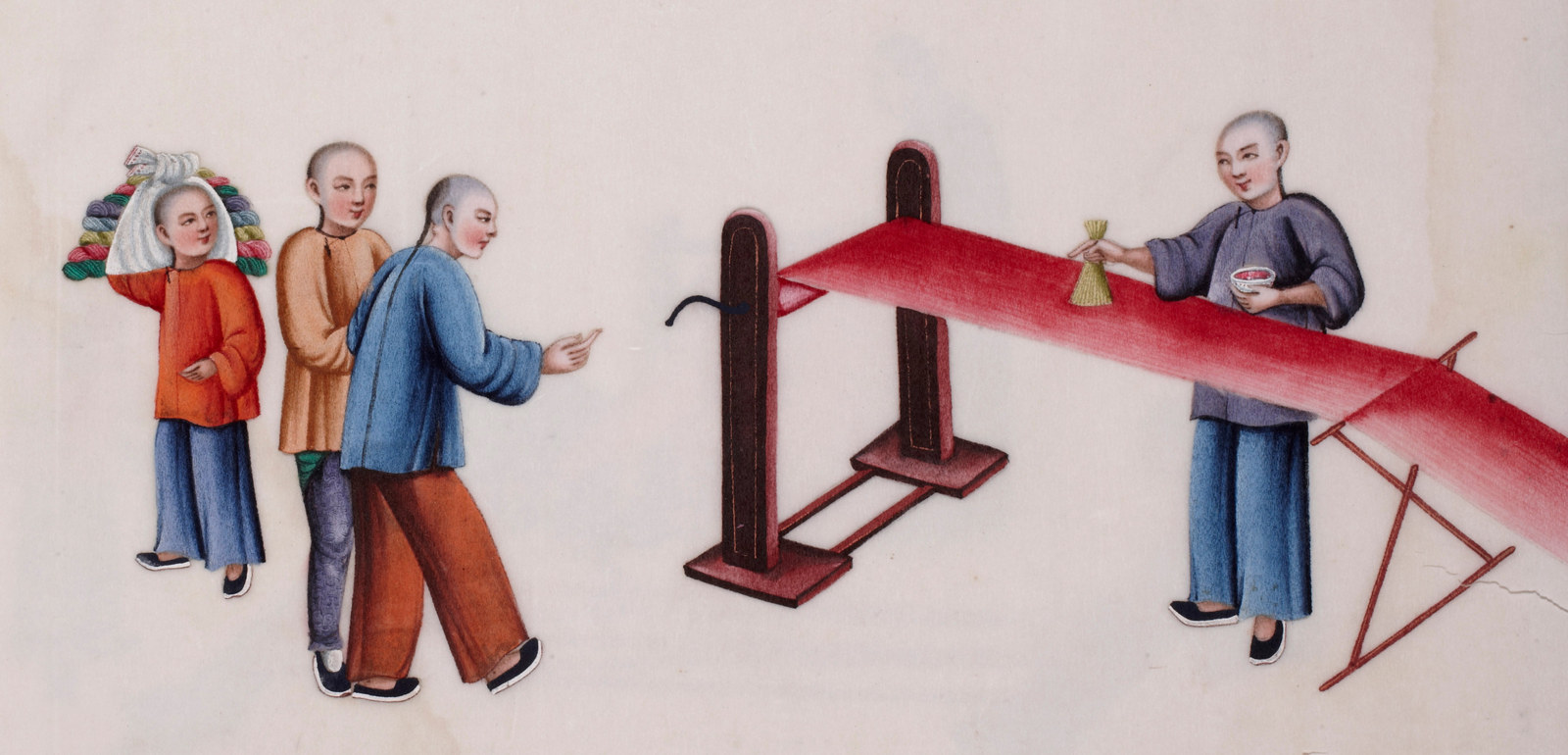
Brilliant little jewels
Watercolours on pith paper that were produced in China for the Western export trade through most of the 19th century still have an extraordinary vividness
Published on
Migration stories
![Painting of 3 masted cutter [no date]; [alternate title 'Copy of painting of unidentified schooner. This is possibly from the Dufty Collection']](https://images.mhnsw.au/fotoweb/embed/2024/03/fbe94a4f791b4ee89cedfb8bb9cdab3f.jpg)
6 December, 10:30am
Online talk
Assisted immigrant records
This webinar will provide an overview of our assisted immigrant indexes and the digitised passenger lists.
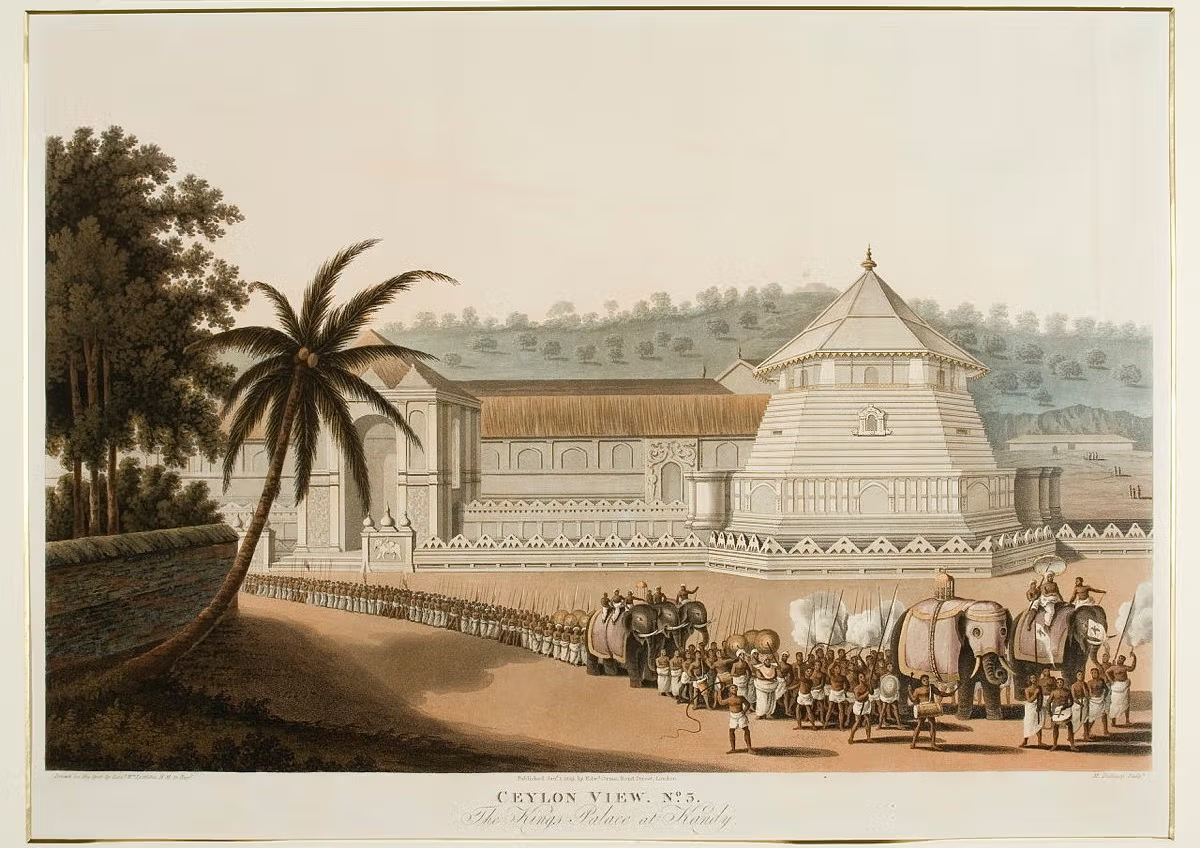
Collection insights from a guest refugee curator
Jagath Dheerasekara has exhibited in solo and group exhibitions and his work is held in both institutional and private collections across Australia
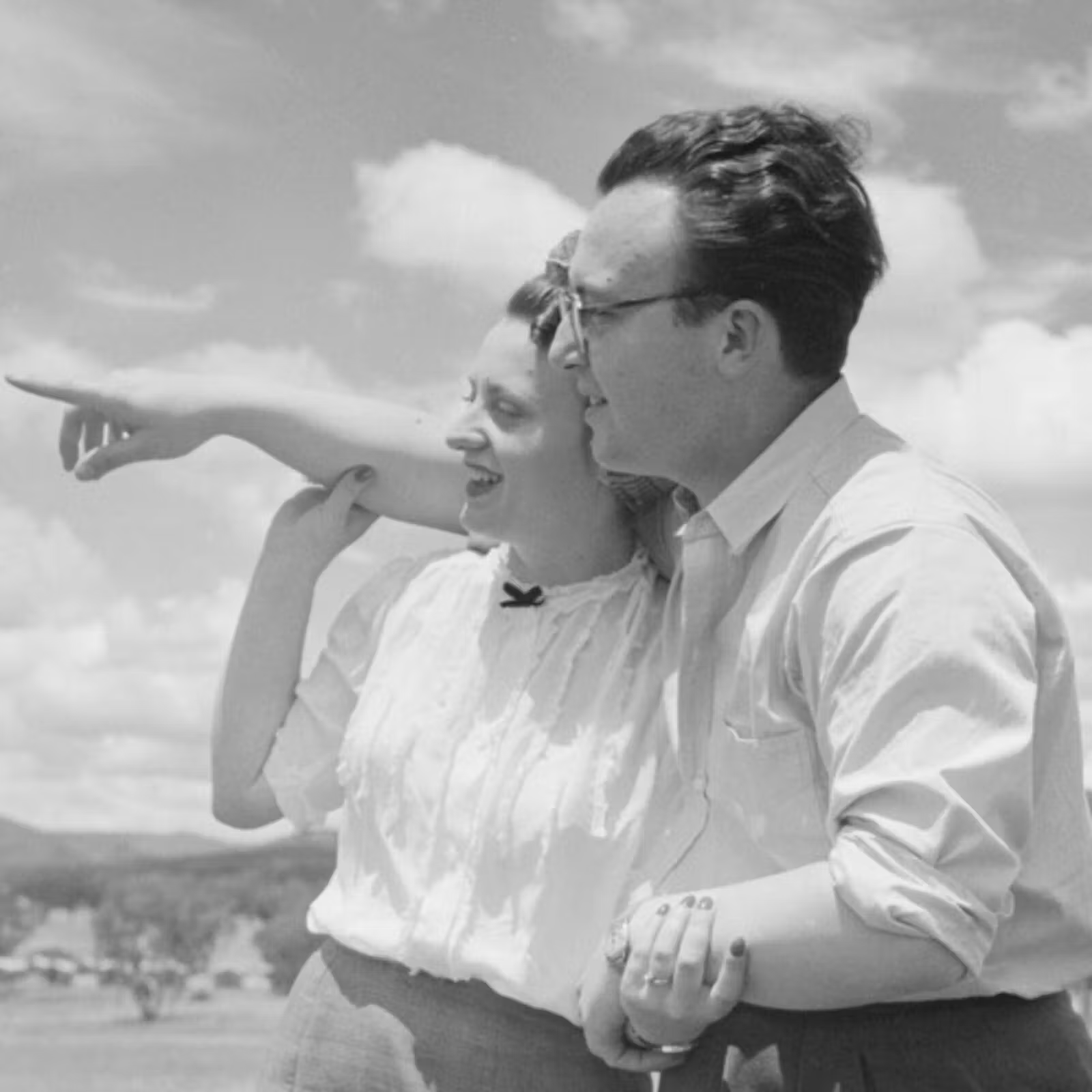
Finding resources about immigration
Finding when your ancestors arrived in NSW can be challenging. This webinar highlights some resources that can help you with this research
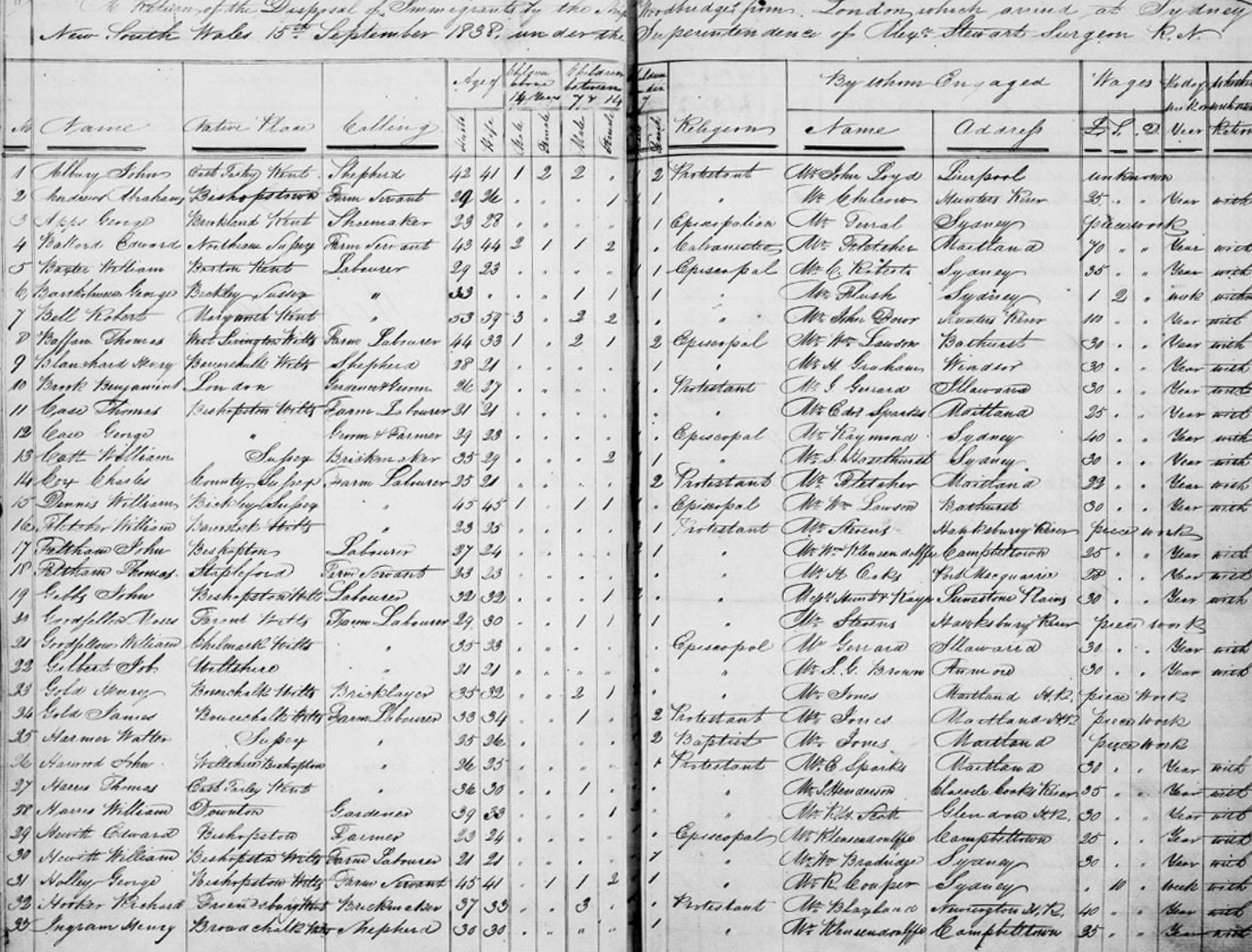
Assisted immigrants digitised shipping lists 1828-1896
If you know the ship your assisted passengers arrived on you can search, view & download the digitised shipping list
